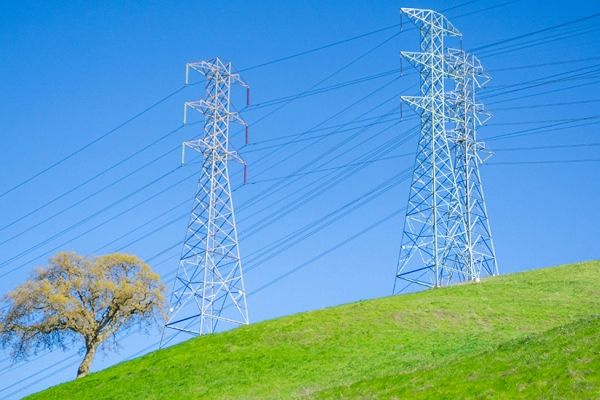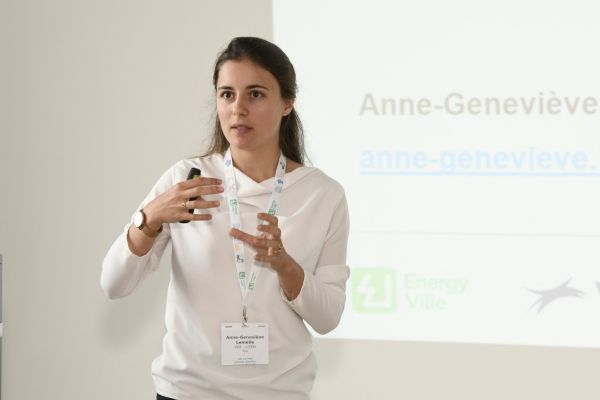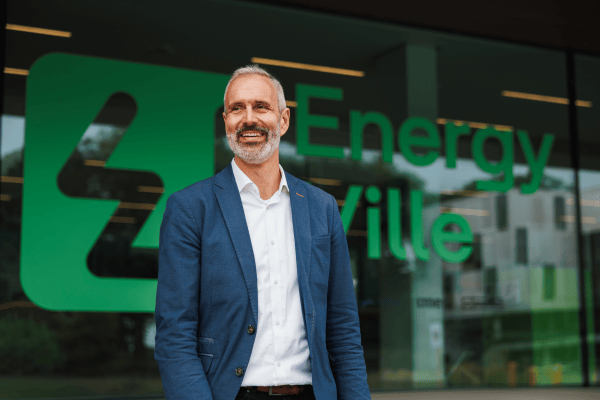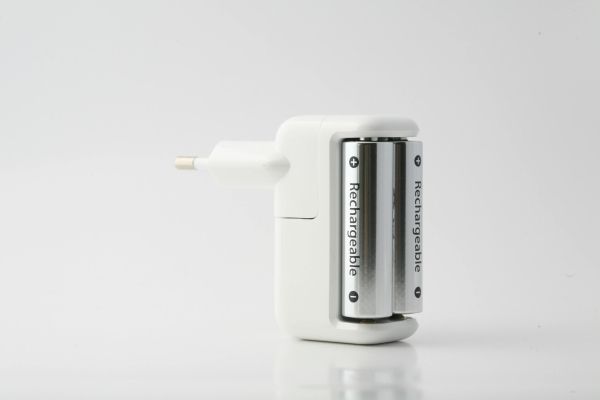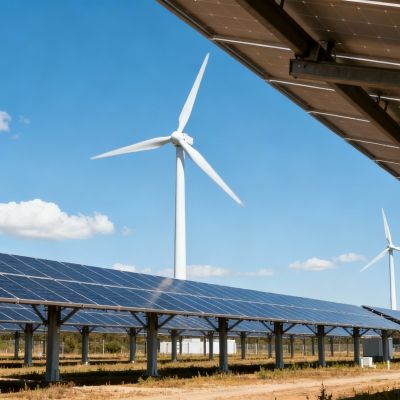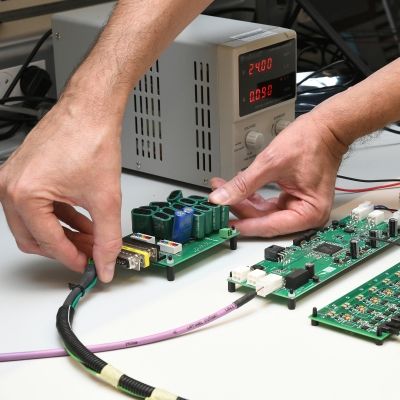HEMS equips homes and buildings for the energy transition
Due to the transition to a renewable energy system, we will need to be a lot more flexible in our energy consumption. The storage of electricity remains expensive, so green energy should ideally be consumed as soon as it is produced. However, this demands a smart and integrated energy management system at the level of individual homes or buildings. VITO/EnergyVille has a prototype ready for this, intended for energy technology vendors and energy service providers. ‘The aim is for maximum coincidence of energy consumption with the production of (own) renewable energy.’
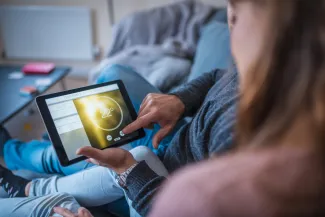
Overloading the electricity grid
There are already many smart devices or components of the energy system that are demand-driven, including residentially – these include a smart boiler, a smart heat pump or a smart thermostat. They use own energy production through solar panels on the roof as far as possible, for example. This provides a cheap and low-carbon way of heating and cooling homes, and providing them with hot water, while the electric car can be charged up. The aim is to inject a minimum of excess solar power into the electricity grid.
Those smart technologies have worked rather more alongside each other than with each other. And soon, as the energy transition progresses, this will cause more and more problems. ‘In the event of excess self-production or low prices, they might all turn on at once, for example,’ says Thomas Polfliet of VITO/EnergyVille. ‘This can create peaks that push power consumption above the capacity limit.’ In the near future, a consumer might be financially punished for this, as capacity tariffs (among other things) are soon intended to avoid the combination of consumers and prosumers (who respectively will begin to consume and produce more) overloading the electricity grid.
Tailored energy consumption plan
So all those energy technologies in homes or buildings need to be well-aligned. ‘They need to be aware of each other, not just their presence but the priority they have too, at any time of day,’ says Polfliet. These priorities are not static: they are being continually (re)calculated and entered into an ‘energy consumption plan’, which is being constantly optimised. This plan has been tailored to the home or building and takes account of the needs and comfort desired by the residents or users. Ultimately, the plan is executed by a kind of central brain that sends instructions to all the smart energy devices and components. This brain is the core of the smart and integrated energy management system that VITO/EnergyVille has developed in the past few years and is now ready to be tested by customers, for example in the form of a pilot project. These could be energy technology vendors (such as smart thermostats), as well as energy service providers – which will evolve over time into ‘comfort providers’. Since last year, the system has seen comprehensive testing at the VITO/EnergyVille site in Genk: charging stations, storage batteries, heat pumps and boilers: it controls everything.
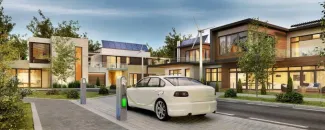
Home Energy Management System (HEMS)
The Home Energy Management System (HEMS), as VITO/EnergyVille’s system is provisionally known, is both ‘multi-asset’ and ‘multi-purpose’. It brings a wide range of technologies together and carries out the consumption plan in line with several objectives. This could be a more flexible answer to close-knit energy tariffs that can vary widely by the time of consumption, the type of source (renewable or otherwise), any capacity thresholds or emission allowances. Businesses can already benefit from such flexible energy contracts; for individuals, this is the future. Polfliet: ‘It is a powerful tool for making maximum use of renewable energy and avoiding peaks.’ Based on information such as weather forecasts and anticipated consumption by residents and users, VITO/EnergyVille’s HEMS makes an accurate assessment of the energy housekeeping in a home or building. This involves some complex mathematical optimisations, software that was also developed at VITO/EnergyVille. The HEMS runs on Microsoft Azure’s open, flexible platform.
Avoiding extra costs in the future
Will a system like the HEMS be able to help keep the energy transition affordable for people and businesses? ‘You won’t be able to reduce your energy bills with it right away,’ Polfliet concedes. ‘But you will be able to protect yourself against future rises of many energy-related costs, as plenty of price incentives are set to be introduced to safeguard the electricity grid soon. So yes, you’ll save money in the end, although we should concede that the business case remains challenging right now, if we look at it from our vendor perspective.’
ut with the HEMS, energy system vendors or tomorrow’s comfort providers can already start updating and expanding their products and services. ‘End customers can then soon use those to fully organize their own energy housekeeping,’ says Chris Caerts of VITO/EnergyVille. ‘That way, they can be assured that their energy consumption will level out, with as much green energy as possible and a high degree of flexibility. Ultimately, that’s where we want to get to with the energy transition.’ In the next phase, this optimum energy housekeeping could then be ‘valorised’, for example by starting to sell a surplus in flexibility to a grid manager. For this phase, however, it will be necessary to wait until the government rolls out dynamic energy prices and capacity tariffs for individuals.
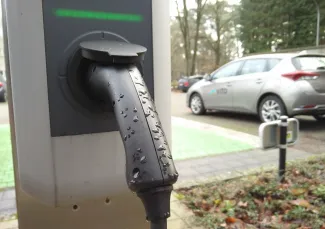
Electrical charging infrastructure
oday VITO/EnergyVille’s smart energy management system is already of interest to, for example, providers of electrical charging infrastructure. ‘More and more office buildings, as well as public car parks, have charging stations,’ says Caerts. ‘But the historical connection of this infrastructure to the electricity grid has generally not been provided at that much capacity. For example, the collective peak capacity is often far higher than the solar panels on the roof can supply.’ With a variant of the system specially designed for buildings (BEMS), charging infrastructure providers can start managing their consumption far better over time, again based on reliable and detailed forecasts and models contained in the system. ‘That way, they can actually optimise their energy housekeeping very easily,’ says Caerts.




